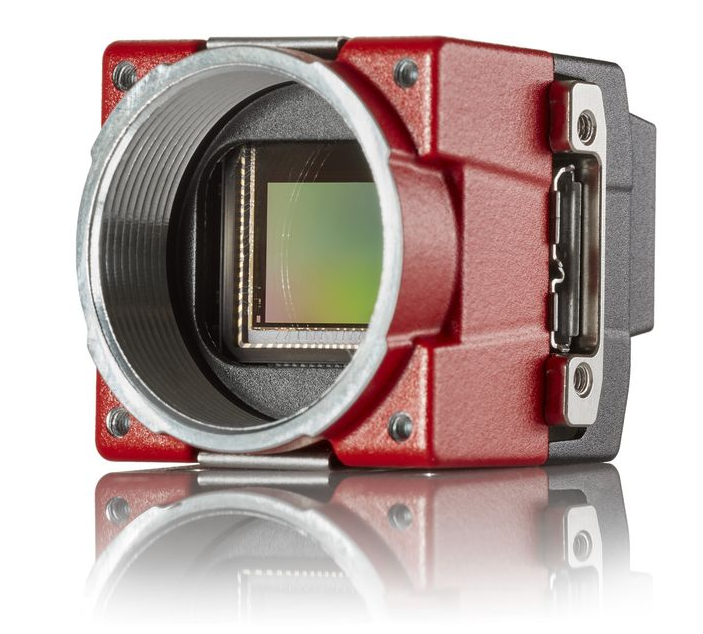Grain size measurement
- Bildanalyssystem AB

- Nov 29, 2024
- 2 min read
Updated: Dec 6, 2024
GRAIN SIZE MEasurEment
In metal alloys, one of the most important characteristics of the material is the average grain size. For this purpose, the well known and widely accepted ASTM-112 standard has been developed.
The standard determines the average size of uni-modal distributed grains, measured on a 2D-surface, making it suitable for microscopic analysis.
Unfortunately the work of measuring the grain size of a sample according to the standard is in most cases very time consuming, involves a lot of manual work, is error prone and often downright boring. Pixara now offers a module that tries to addresses all these issues
Different materials
Since grains looks extremely different in different materials and also varies with sample preparation and illumination method different approaches has been developed to measure the average grain size.
The standard offers three different approaches to determine the average grain size, often referred to as:
The comparison method, where the sample is compared against a set of images with well known average size.
The intercept method, where the number of grains or grain boundaries on a line with well know length is counted
The planimetric method (image analysis) method, where whole grains are automatically identified and their actual size is counted.
Pixara supports all methods.
Regardless of method, one of the most challenging part of grain size estimation is to locate the grain boundaries. The grain boundaries are often weak, could be of any color or intensity and could easily be confused with both twins and scratches. Simple edge detection or threshold based algorithm simply does not cut it in most real life situations.

Pixara is capable to determine the Average Grain Size according to ASTM-112










Comments